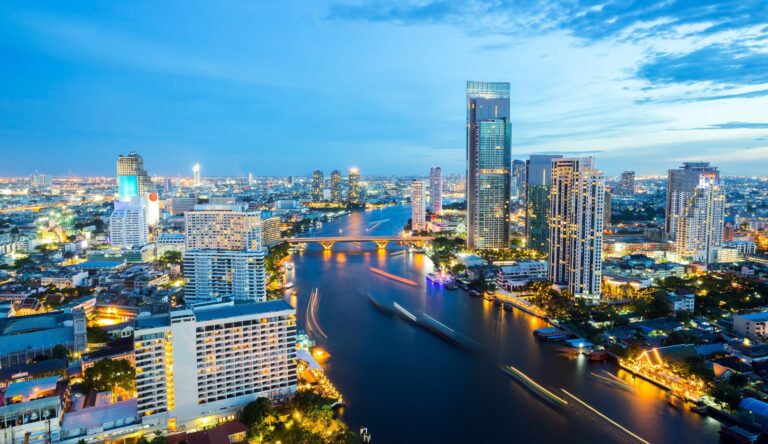Bangkok, 10 June 2024: The Tourism Authority of Thailand’s Dubai and Middle East office has highlighted the challenges and opportunities for Thai tourism operators to capture the lucrative Saudi Arabian market.
Last year, TAT saw 180,000 tourist arrivals from the market as a result of a series of marketing efforts to showcase Thailand as a travel destination after Thailand and Saudi Arabia resume diplomatic ties in 2022.
This year, TAT’s Dubai and Middle East office introduced 12 Saudi Arabian travel buyers to Thai travel suppliers at Thailand Travel Mart+ 2024. They were part of a delegation of 25 buyers from Middle Eastern markets, including Oman, Bahrain and the UAE, who came to explore Thailand’s travel products to boost travel, especially for the upcoming travel season in July and August.




Saudi Arabia is seen as a promising market as the average length of stay is around 12-14 days and the average expenditure per person per trip is high at 90,000 baht compared to the international average of 50,000 baht.
Due to their family-oriented lifestyle, Middle Eastern tourists tend to travel in large groups, including parents, children and sometimes nannies. The country has a population of over 30 million, of which TAT estimates that 10 million are in the high purchasing power bracket.
According to Chaiwat Tamthai, general manager of the Tourism Authority of Thailand’s Dubai and Middle East office, TAT is aiming to capture key sectors such as Generation X, people over 40 who have the purchasing power and time to travel, and Generation Y, also known as millennials, who are in the prime of their working lives and are looking for work-life balance.
“Bangkok, Phuket and Pattaya are recognised as popular entertainment and shopping destinations among travellers from the Middle East. Participating in TTM+ 2024, which will be held in Phang Nga province this year, is a great opportunity to showcase our secondary cities, especially beach resort destinations like Khao Lak,” he said.

The market is demanding luxury resorts, especially those with pool villas. Theme parks, water parks, zoos and aquariums are likely to attract more Middle Eastern tourists, especially those interested in family-friendly activities.
This year, TAT aims to attract 900,000 tourists from Middle Eastern markets, including Saudi Arabia, the UAE, Iran and Oman, excluding Israel. The company is looking to expand its presence in the Saudi Arabian market, but a major challenge is the limited number of flights, mainly operated by Middle Eastern airlines.
In high season there are around 7 flights per week to Bangkok, including a direct flight from Jeddah to Bangkok via Riyadh. In low season there are around 3-4 flights per week.
“Getting airlines to expand their capacity is key to supporting our marketing approach. We are working closely with leading travel agents and major airlines in the Middle East to leverage the networks they offer. We are also looking for opportunities to work with new airlines that include Thailand as a destination. We hope that Thailand-based airlines will operate these routes and benefit from our joint marketing approach,” Chaiwat said.
On August 19, TAT will bring Middle Eastern travel agents to Bangkok to attend the Middle East Trade Meeting (MTM), before visiting Krabi on August 21. Meanwhile, Thai travel content providers can take part in the TAT Roadshow in Riyadh in September 2024. Next year, the Post Arabian Travel Market 2025 Roadshow will tour Jeddah and Riyadh.
Hatzanai Chaisri, Marketing Manager, Middle East and Dubai Office, Tourism Authority of Thailand, added: “The Middle East market is still heavily dependent on travel agency bookings, with around 50% of bookings made through them. Regular sales visits are essential to capture this market, as they introduce frontline staff who are not familiar with Thai products to established international brands and ensure they meet standard requirements. This market also tends to follow their favourite influencers, which could be an alternative method of product promotion.”

